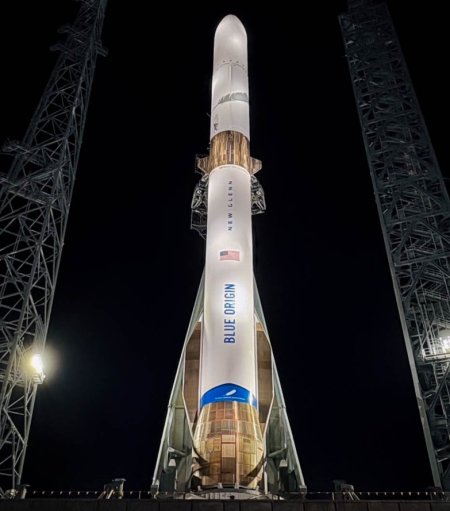The members of Trump’s NASA transition team
We now have the names of the individuals that are reviewing NASA’s future under the Trump administration:
- Charles Miller: A member of the first Trump administration’s transition team, Miller is a former NASA official who is now the chairman of Lynk, a direct-to-device satellite company that is struggling to go public through a merger with a SPAC backed by baseball star Alex Rodriguez.
- Greg Autry: A longtime advocate for commercial space, Autry is a professor at the University of Central Florida who also worked on the 2016 Trump NASA transition and was nominated to serve as NASA’s CFO, though Congress failed to approve his nomination. He’s signing his emails “DOGE/NASA Transition.”
- Ryan Whitley: A NASA engineer who was detailed to the National Space Council during Trump’s previous term, Whitley last worked on the Artemis HLS program before spending just over a year at ispace, the Japanese lunar company.
- Lorna Finman: A Stanford PhD who worked on the Star Wars program at Raytheon back in the day, Finman’s LinkedIn says she has been advising the Heritage Foundation on space policy since 2023.
- Jim Morhard: The NASA deputy administrator during Trump’s first term, Morhard was a longtime GOP senate staffer.
All appear to have deep roots in either Washington or academic, but all also appear to have deep roots in the conservative side of the political spectrum. Several have even moved from NASA positions to the private sector. That latter fact explains the radical changes at NASA that this team has been considering, including canceling SLS and Orion and re-orienting the entire Artemis program using the private sector. In addition they are considering consolidating several NASA centers as well shrink staffing at NASA headquarters.
We now have the names of the individuals that are reviewing NASA’s future under the Trump administration:
- Charles Miller: A member of the first Trump administration’s transition team, Miller is a former NASA official who is now the chairman of Lynk, a direct-to-device satellite company that is struggling to go public through a merger with a SPAC backed by baseball star Alex Rodriguez.
- Greg Autry: A longtime advocate for commercial space, Autry is a professor at the University of Central Florida who also worked on the 2016 Trump NASA transition and was nominated to serve as NASA’s CFO, though Congress failed to approve his nomination. He’s signing his emails “DOGE/NASA Transition.”
- Ryan Whitley: A NASA engineer who was detailed to the National Space Council during Trump’s previous term, Whitley last worked on the Artemis HLS program before spending just over a year at ispace, the Japanese lunar company.
- Lorna Finman: A Stanford PhD who worked on the Star Wars program at Raytheon back in the day, Finman’s LinkedIn says she has been advising the Heritage Foundation on space policy since 2023.
- Jim Morhard: The NASA deputy administrator during Trump’s first term, Morhard was a longtime GOP senate staffer.
All appear to have deep roots in either Washington or academic, but all also appear to have deep roots in the conservative side of the political spectrum. Several have even moved from NASA positions to the private sector. That latter fact explains the radical changes at NASA that this team has been considering, including canceling SLS and Orion and re-orienting the entire Artemis program using the private sector. In addition they are considering consolidating several NASA centers as well shrink staffing at NASA headquarters.



